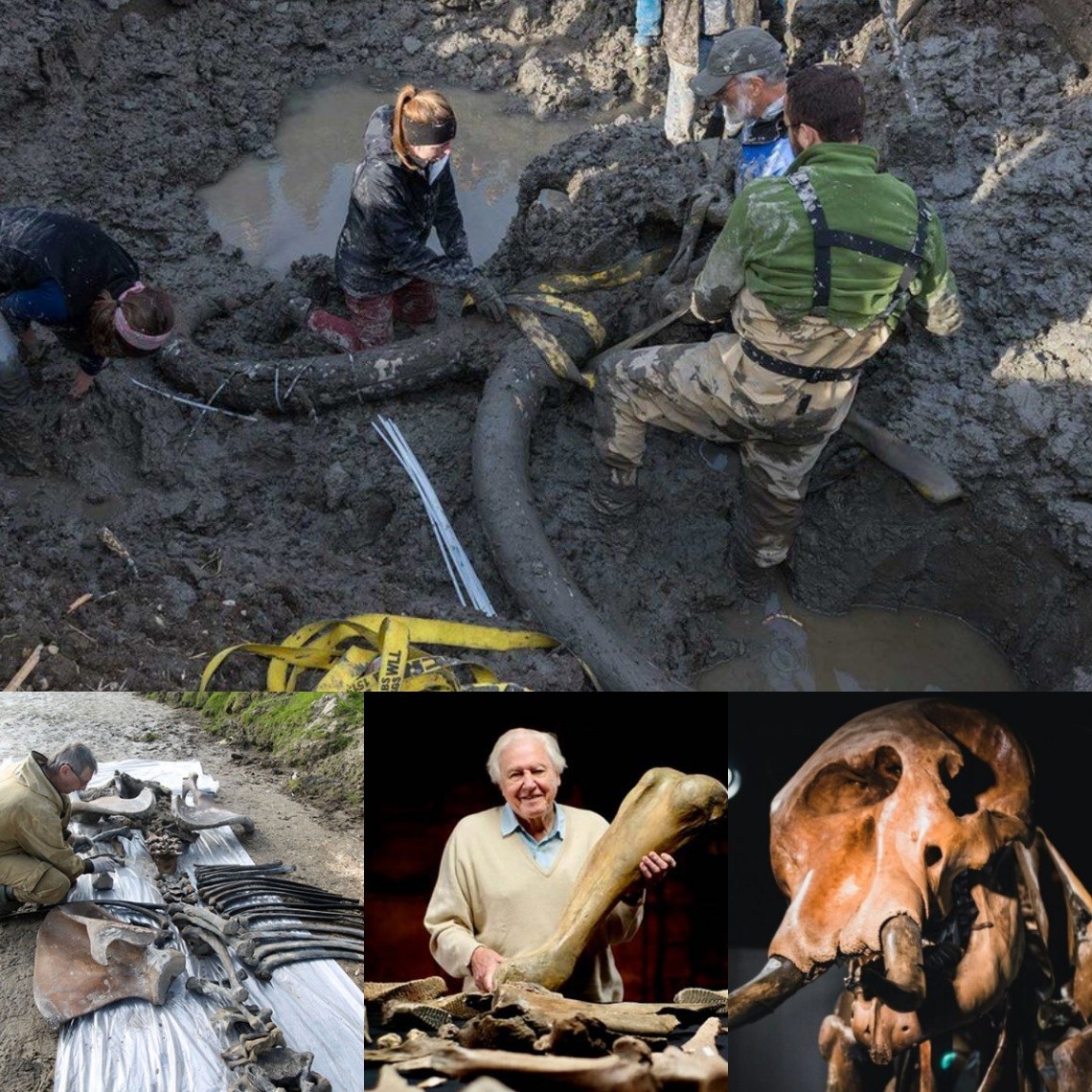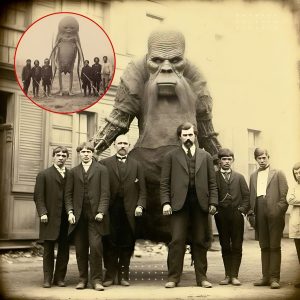In a story that sounds like it was taken straight from a movie, a young girl made an astonishing discovery while walking through a barley field. The girl, whose innocent curiosity led her to a remarkable find, stumbled upon a 2-million-year-old mammoth bone protruding from the ground, marking a significant paleontological find and capturing the imaginations of scientists and the public alike.

An Ordinary Walk Turned Extraordinary
Ten-year-old Emma Stevens was enjoying a sunny afternoon walk with her family in a barley field near their home in rural Montana. As she wandered through the tall stalks, something unusual caught her eye. Protruding from the soil was a large, weathered bone, unlike anything she had seen before.
Curiosity piqued, Emma called her parents over. Her father, a history enthusiast, immediately recognized the potential significance of the find and contacted local authorities. Within hours, paleontologists from the nearby university arrived to inspect the bone.

The Remarkable Find
Dr. Karen Mitchell, a paleontologist from Montana State University, led the team that arrived to investigate. She was initially skeptical but quickly realized that Emma had discovered something extraordinary. The bone was identified as part of a mammoth’s femur, estimated to be around 2 million years old.
“Discoveries like this are incredibly rare, especially in such an unexpected location,” Dr. Mitchell explained. “The bone’s excellent condition suggests it has been well-preserved underground for millennia. This find opens up new possibilities for understanding the prehistoric life that once roamed this area.”

The Scientific Significance
The discovery of the mammoth bone has sparked excitement in the scientific community. Preliminary analysis suggests that the bone belonged to a Columbian mammoth, one of the largest species that inhabited North America during the Pleistocene epoch.
Researchers believe that further excavation in the area could uncover more bones and potentially a nearly complete skeleton. This would provide invaluable data on the mammoth’s anatomy, behavior, and environment.
“This is a once-in-a-lifetime find,” said Dr. Mitchell. “Emma’s discovery could significantly advance our knowledge of mammoths and their role in prehistoric ecosystems. It also highlights the importance of protecting and studying our natural landscapes, as you never know what secrets they might hold.”

A Young Discoverer’s Legacy
Emma Stevens’ find has not only captured the attention of scientists but also inspired her community. The local school plans to incorporate her discovery into their curriculum, encouraging other students to take an interest in paleontology and the natural sciences.
Emma, who has always been fascinated by dinosaurs and ancient creatures, is thrilled by her accidental discovery. “I just thought it was a big rock at first,” she said, beaming with pride. “I’m so excited that it’s something so special.”
Her parents are equally proud and supportive. “We always encourage Emma to explore and be curious,” her mother said. “This just goes to show how important it is to nurture children’s natural curiosity about the world around them.”
Future Plans
The bone has been carefully excavated and transported to Montana State University for further study. Plans are underway to conduct a more extensive excavation of the barley field, with hopes of uncovering additional fossils.
Meanwhile, the local museum has expressed interest in featuring the mammoth bone in a special exhibit, complete with an interactive display and educational programs for visitors of all ages. Emma will be honored at the exhibit’s opening, celebrating her contribution to science.
Conclusion
Emma Stevens’ accidental discovery of a 2-million-year-old mammoth bone serves as a powerful reminder of the wonders that lie hidden beneath our feet. Her find has not only excited the scientific community but also inspired a renewed interest in paleontology among young and old alike.
As scientists continue to study the bone and explore the site, we can look forward to uncovering more secrets of our planet’s prehistoric past, all thanks to the keen eyes and boundless curiosity of a young girl on a simple walk through a barley field.





